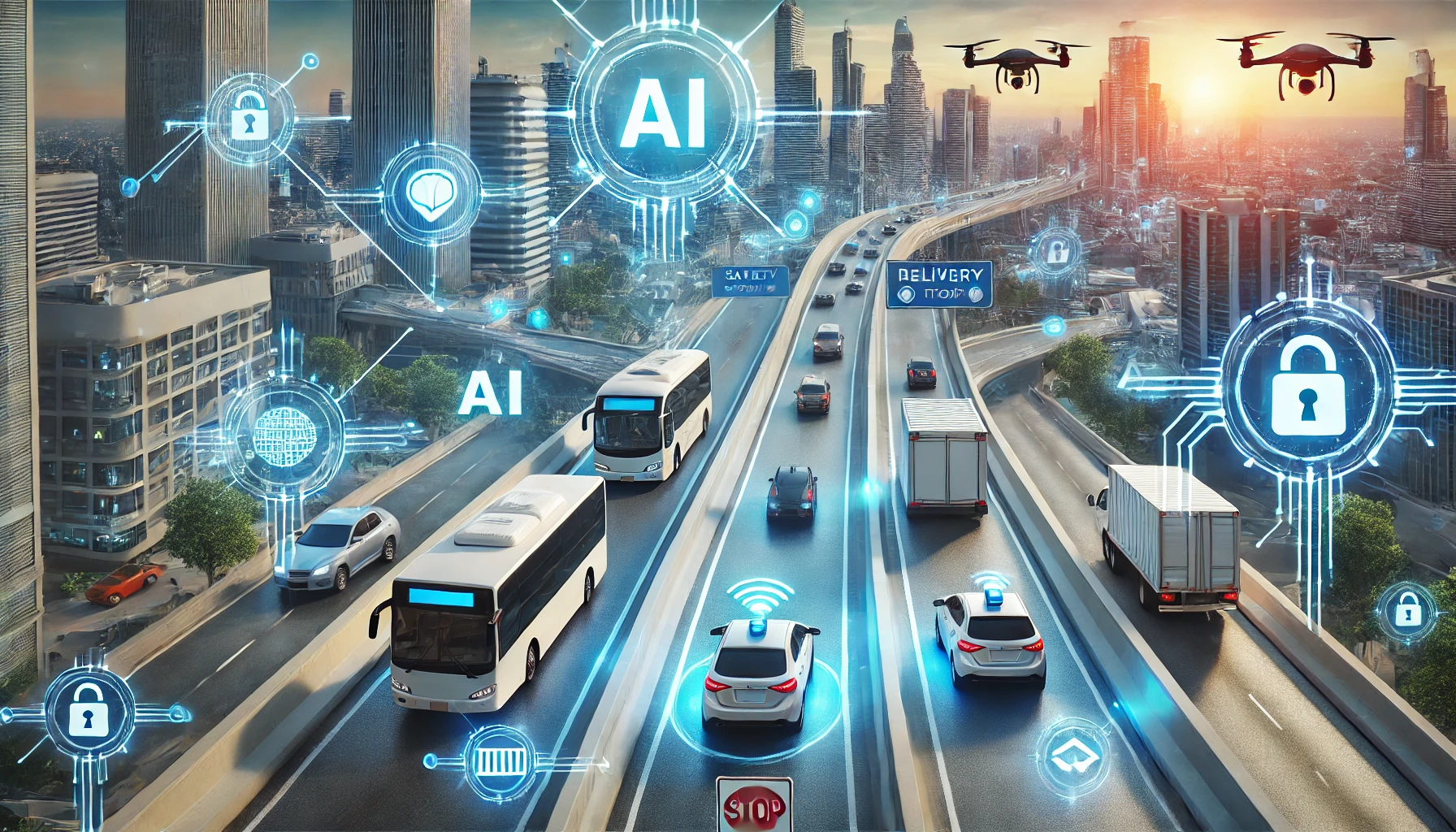AI and Autonomous Vehicles: The Future is Here, But Are We Ready?

A World Where Cars Drive Themselves... Almost
Remember those futuristic sci-fi movies where cars would zip around without a driver, and people would sip coffee while reading the morning news as they cruise to work? Well, welcome to the future! Autonomous vehicles (AVs) are no longer just a distant dream; they’re already here, powered by artificial intelligence. But before we all get too excited about catching up on sleep during our commutes, there are a few bumps in the road to fully autonomous transportation. Let's talk about what’s happening in this fast-paced industry and the challenges that still need some polishing.
The Role of AI: More Than Just a Chauffeur
AI isn’t just a buzzword in the AV industry – it’s the engine driving the innovation. Advanced algorithms enable vehicles to navigate city streets, dodge obstacles, and even identify pedestrians. AI’s role doesn’t stop at controlling the car; it's also key to improving traffic flow and reducing congestion, which could make rush hour a little less painful. With AI constantly learning from its environment, it can adapt to new traffic patterns and become even more efficient over time. Think of it as a student driver that never stops improving... except it never yells at you for slamming the brakes!
Regulatory Speed Bumps: Why We Aren't All Riding in Robo-Taxis Yet
So why aren’t we all cruising around in our robot-chauffeured cars right now? Well, one word: regulations. Getting regulatory approval for autonomous vehicles is like trying to get a driver's license in a language you don’t speak. There are layers of bureaucracy, safety standards, and testing hurdles that companies need to clear before their cars can hit the streets. Governments around the world are still scratching their heads, trying to figure out how to regulate these futuristic machines without stifling innovation. Plus, who’s responsible when a robot driver messes up? These questions are keeping regulators awake at night, and until we get clear answers, full autonomy will remain in the slow lane.
Safety Standards: Human vs Machine
One of the biggest concerns with autonomous vehicles is safety. The idea of letting an AI take control of a multi-ton vehicle can make even the most tech-savvy person sweat. However, the data suggests that autonomous vehicles have the potential to be much safer than human drivers. They don't get distracted by text messages, road rage, or that catchy song on the radio. AI can process information faster than we can blink, meaning it's less likely to make a mistake in a high-pressure situation. But, no system is perfect. Accidents still happen, and when they do, they grab headlines. These incidents are a major setback for public trust and a reminder that we’re not quite there yet.
The Road Ahead: What’s Next for Autonomous Vehicles?
So, where do we go from here? Autonomous vehicles are steadily improving, and it’s only a matter of time before we see them become a common sight on the roads. However, widespread adoption is still a few years away. In the meantime, companies like Tesla, Waymo, and Uber are racing to perfect their technology. We're also seeing a push for better infrastructure to support these vehicles. From smart traffic lights to dedicated lanes for AVs, the future of transportation might look a lot different in just a decade. Whether we’re ready for it or not, the era of autonomous vehicles is speeding towards us.
Are You Ready to Hand Over the Wheel?
Autonomous vehicles are poised to revolutionize the way we travel, but like any major technological shift, there are challenges to overcome. From regulatory approval to safety standards, and the crucial role of AI in making it all happen, the road ahead is full of potential... and a few potholes. But here's the big question: Are you ready to trust AI with your daily commute, or will you be keeping your hands firmly on the wheel for a few more years?



